Alandroal
Next to the Guadiana River and close to the border, Alandroal is a place of tranquillity and peaceful days by the Alqueva Lake.
The name is said to have originated from a plant known as “alandro” or “aloendro” (oleander), a species of shrub that was abundant in these lands. The town was founded in 1298, during the reign of King Denis of Portugal, by the military order of Avis, certainly because of its strategic importance in the defence of the territory.
The Castle of Alandroal (Castelo de Alandroal), the Castle of Terena (Castelo de Terena) and the Fortress of Juromenha (Fortaleza de Juromenha) formed a defensive triangle that was important over the centuries, particularly during the Wars of Restoration of Portugal's independence in the 17th century. It was a region much appreciated by the royal family, who had the ducal palace in Vila Viçosa. It is known that King Carlos liked to go hunting in the area, choosing Alandroal for his breaks.
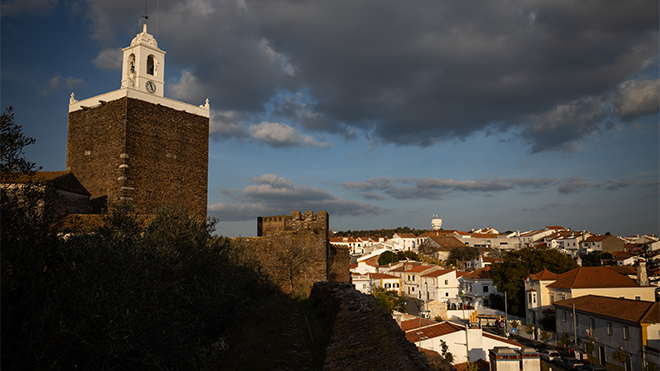
Alandroal Nautical Station (Estação Náutica do Alandroal)
The Alandroal Nautical Station is part of the Azenhas d'El Rei River Beach, where you can relax in an original riverside landscape of holm oaks and cork oaks and savour the best Alentejo dishes, made with regional products, in the local restaurant. You can enjoy the river for boat trips, small cruises, sailing, stand up paddle, fishing and even kayaking across the river to Cheles, the Spanish river beach on the other bank (50 metres of river). As well as strolling along the river, there are yoga and tai chi sessions. The picnic park is an excellent place for picnics and relaxing afternoons by the Guadiana. It is also a place for stargazing, as it is part of the Dark Sky reserve, considered a Starlight Destination by UNESCO.
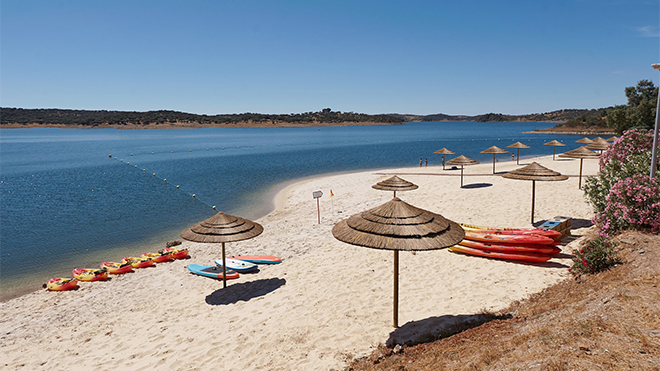
Alandroal's walking paths
Being a border area, Alandroal also has smugglers' stories to tell, before the free movement of goods that the European Union has brought about. It is said that coffee, tobacco, car parts and perfumes were the items most often exchanged clandestinely. In addition to the paths used by smugglers, there are several walks you can take in Alandroal, whether in the town, Terena, the village of Ferreira or to see Pedra Alçada, one of the local heritage attractions. Pedra Alçada is an imposing megalithic monument 10 metres high and 6 metres in diameter, one of the largest in the municipality. Along the path you will find other testimonies to the way of life, local customs and traditions, such as the traditional charcoal ovens, made from holm oak or cork oak wood. You can’t be fooled by that smell.
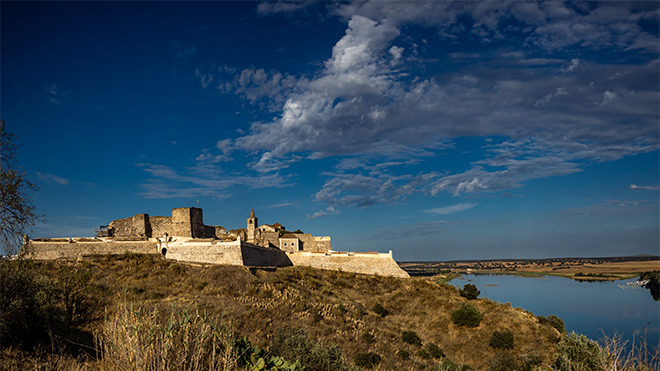
Terena and Juromenha
Nearby, the Fortress of Juromenha is worth a visit. With a spectacular view over the river, it is a sentinel of the Guadiana, a 16th century fortress.
In Terena, it is thought that the Castle may have been built in the 13th century, after the town's charter was granted to Gil Martins and his wife Maria João. However, official sources attribute its construction to King Denis and King John I of Portugal, when he integrated the town into the Order of Avis. During the Manueline period, it underwent renovations, as can be seen from the portal at the main entrance, and was affected by the earthquake of 1755. Also in Terena, there is a curious fortress chapel with battlements and a bell tower, the Chapel of Boa Nova (Capela da Boa-Nova) or Sanctuary of Our Lady of the Assumption of Boa Nova (Santuário de Nossa Senhora da Assunção da Boa Nova).

4 km from Terena, the archaeological site of Endovélico reveals an ancient pagan sanctuary known as Rocha da Mina, later settled by the Romans during the 1st century. You can still see the site of the sacrifices and some medieval graves dug into the rock. It sits on top of the hill of São Miguel, near the Lucefécit stream.
To better understand the importance of the site, you can take a guided tour. To feel the sacred atmosphere of the site, the Lucefécit Dam (Barragem de Lucefécit) is a must. The name Lucefécit is said to have originated from the pagan cult of Lucifer, later associated with the devil by Christianity. In the 5th century, the pagan temple was Christianised with the construction of the nearby chapel of St. Michael (Capela de São Miguel). At the dam, you can bathe, canoe, picnic and take short walks through the typical Alentejo landscape. It is also possible to take balloon flights to enjoy the scenery over the dam's reservoir and the cork oak forest, with views of the Alqueva Lake in the distance.
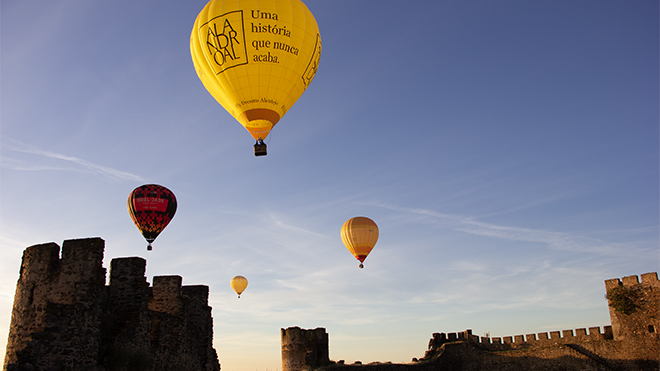
In any town in the Alentejo, gastronomy is also a point of interest. Worth mentioning are the fish dishes from the river, the chickpea broth with black pork, a local speciality, as well as the local grilled meats, which certainly give them a different flavour (Mertolenga cattle, Pata Negra acorn pigs, Merino goats and sheep). In addition to black pork meat and sausages, the lamb stew is also worth mentioning. Desserts include bolo rançoso (local cake made out of spaghetti squash jam and eggs), pão de rala (typical cake usually made with eggs, sugar, laminated almonds and spaghetti squash), encharcada (egg and almond dessert), bolo podre (olive oil cake) and Alentejo popias (ring-shaped cookies).
In July, the Out of the Shell Festival (Festival Fora da Casca) is held, dedicated to snails, large snails and crayfish, much-loved snacks on summer afternoons. The September Festival (Festa de Setembro), on the first weekend of the month, in honour of Our Lady of the Conception, brings many people to the town. The set-up includes music, bullfights, bull and cow runs, as well as the traditional procession and mass in honour of the patron saint. Associated with this festival is the Youth Festival (Festival da Juventude), which takes place on the first day of the event.
At any time of year, Alandroal can be a resting point between Elvas, Vila Viçosa, Reguengos de Monsaraz and Redondo and a starting point for visiting the region's architectural and cultural heritage.



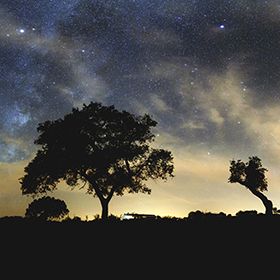
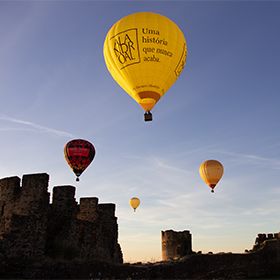
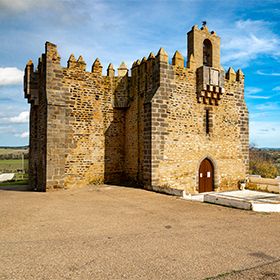


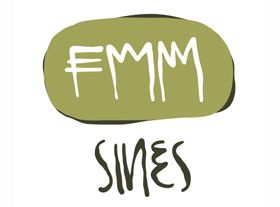
 Explore
Explore 
 Remember and Share
Remember and Share 


